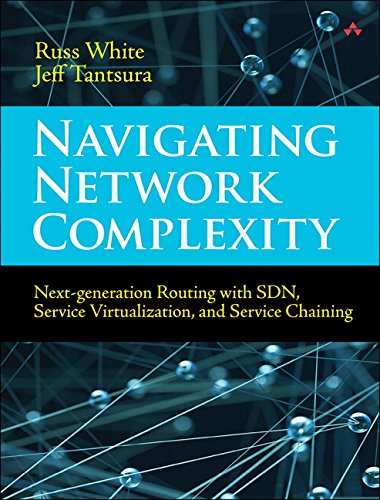

Most ebook files are in PDF format, so you can easily read them using various software such as Foxit Reader or directly on the Google Chrome browser.
Some ebook files are released by publishers in other formats such as .awz, .mobi, .epub, .fb2, etc. You may need to install specific software to read these formats on mobile/PC, such as Calibre.
Please read the tutorial at this link: https://ebookbell.com/faq
We offer FREE conversion to the popular formats you request; however, this may take some time. Therefore, right after payment, please email us, and we will try to provide the service as quickly as possible.
For some exceptional file formats or broken links (if any), please refrain from opening any disputes. Instead, email us first, and we will try to assist within a maximum of 6 hours.
EbookBell Team

5.0
60 reviewsDesign your networks to successfully manage their growing complexity
Network professionals have often been told that today’s modern control planes would simplify their networks. The opposite has happened: Technologies like SDN and NFV, although immensely valuable, are exacerbating complexity instead of solving it. Navigating Network Complexity is the first comprehensive guide to managing this complexity in both deployment and day-to-day operations.
Russ White and Jeff Tantsura introduce modern complexity theory from the standpoint of the working network engineer, helping you apply it to the practical problems you face every day. Avoiding complex mathematical models, they show how to characterize network complexity, so you can understand it and control it.
The authors examine specific techniques and technologies associated with network control planes, including SDNs, fast reroute, segment routing, service chaining, and cloud computing. They reveal how each of these affects network design and complexity and help you anticipate causes of failure in highly complex systems.
Next, they turn to modern control planes, examining the fundamental operating principles of SDNs, such as OpenFlow and I2RS, network and other service function virtualization, content distribution networks, Layer 2 fabrics, and service chaining solutions. You’ll learn how each of these might both resolve and increase complexity in network design and operations and what you can do about it.
Coverage includes:
From start to finish, Navigating Network Complexity helps you assess the true impact of new network technologies, so they can capture more value with fewer problems.